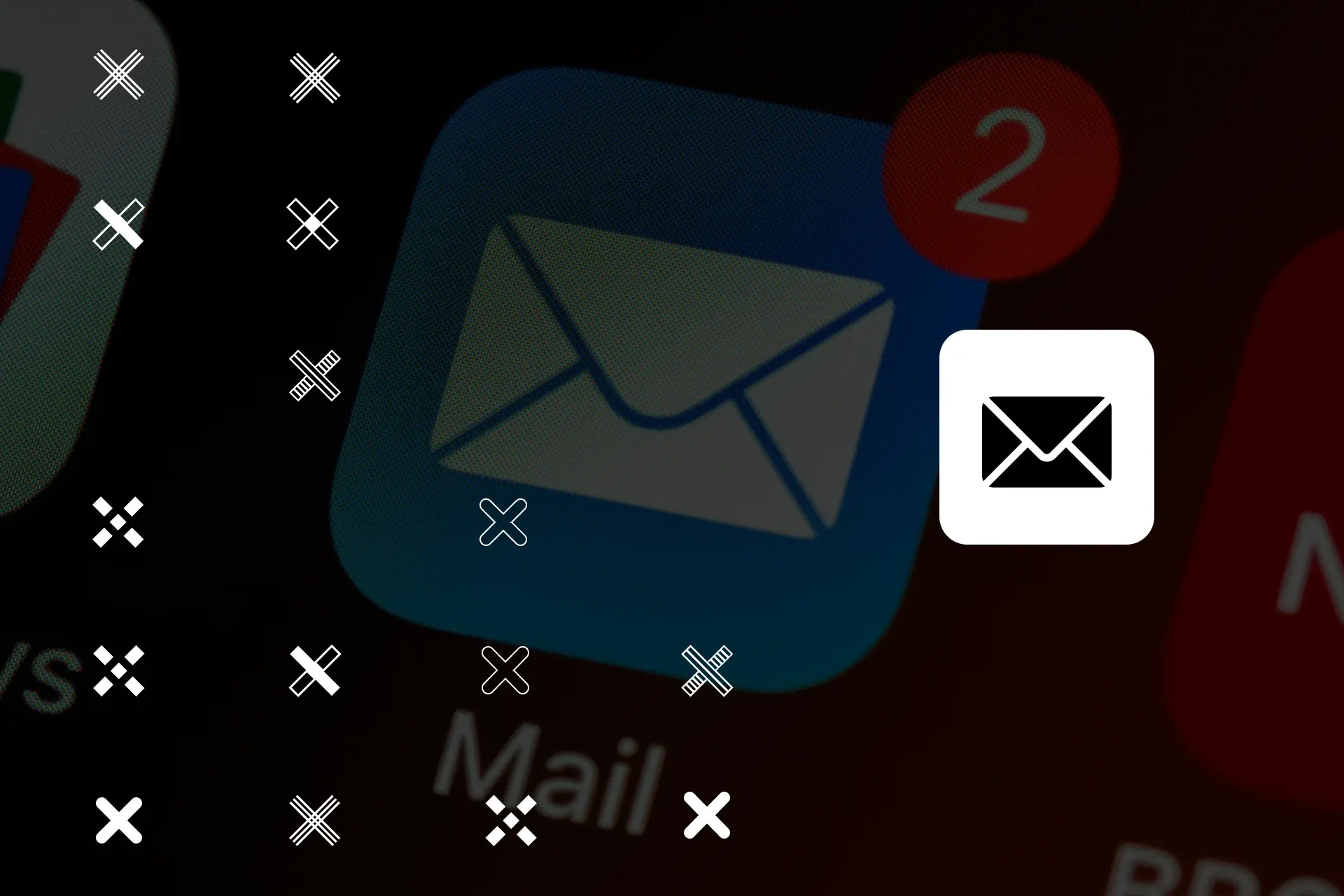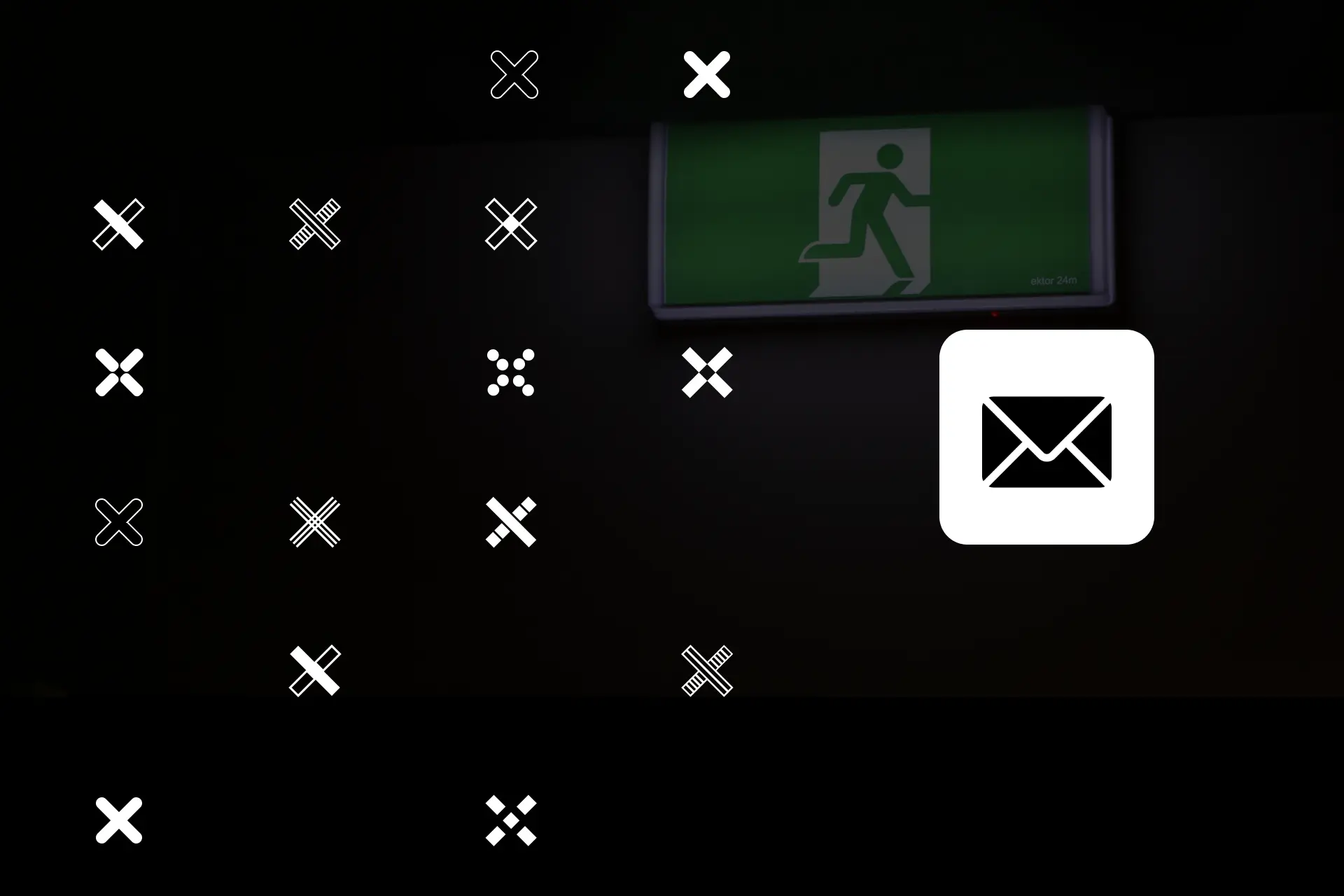Articles on Intent
Get the perspectives, data and evidence you need to make the move to intent-based ecommerce.
Featured articles
Latest articles
Become an Intent Insider
Get subscriber-only insights straight to your inbox. No spam. No inappropriateness.
You're an Insider now. Thank you.
Oops! Something went wrong while submitting the form.
By submitting this form you agree to our (more than fair) terms.
.png)





.png)

.png)















